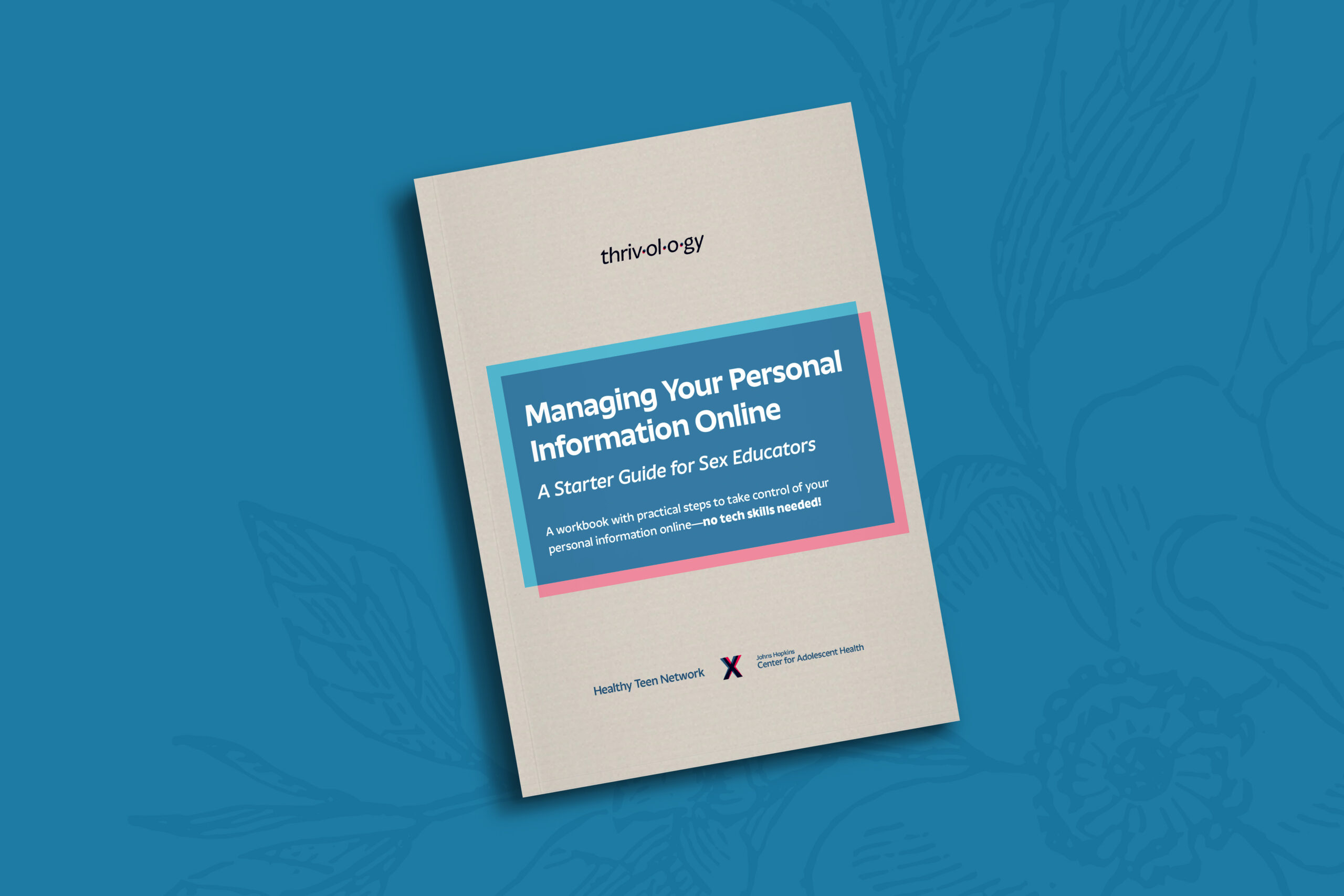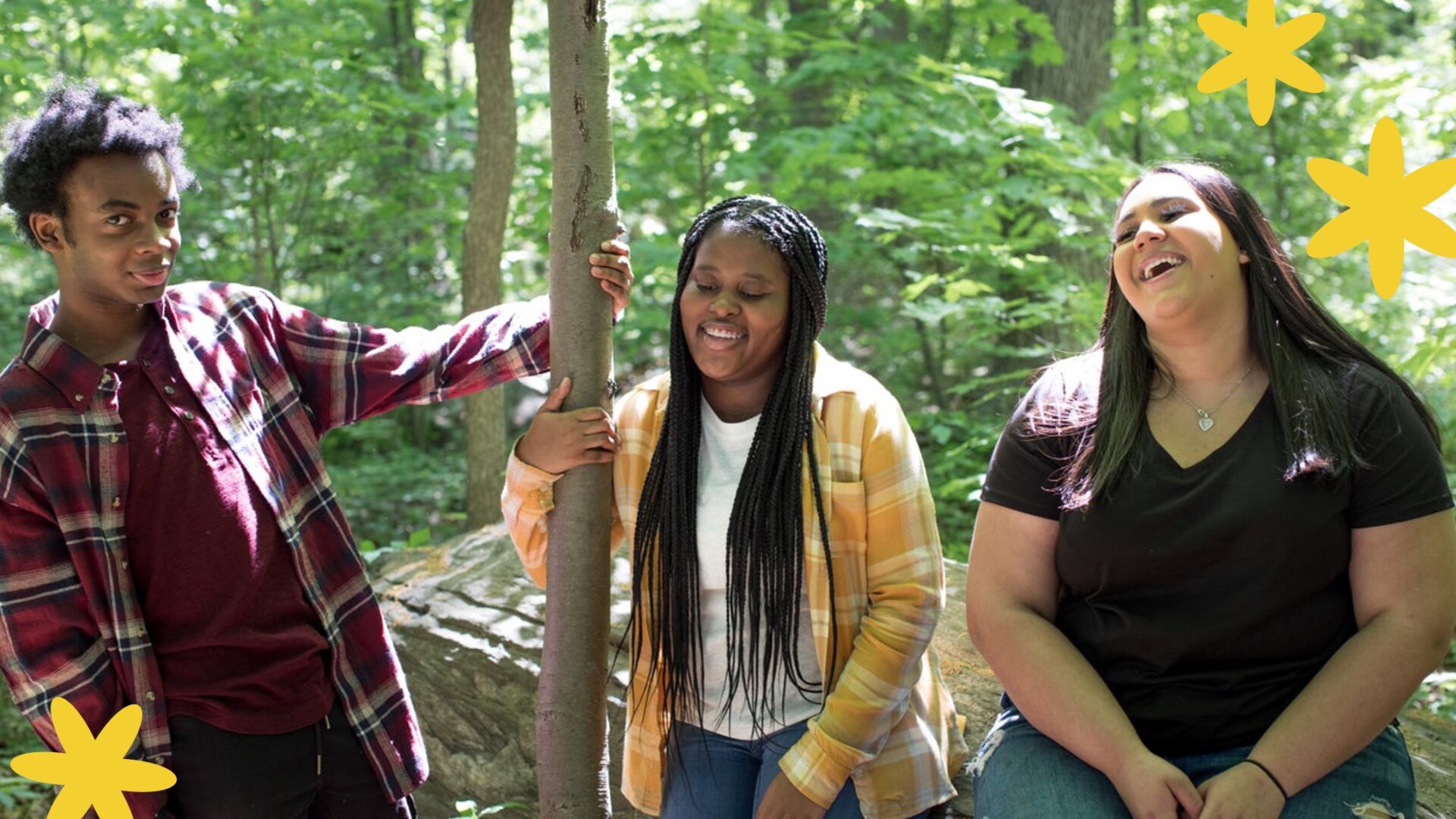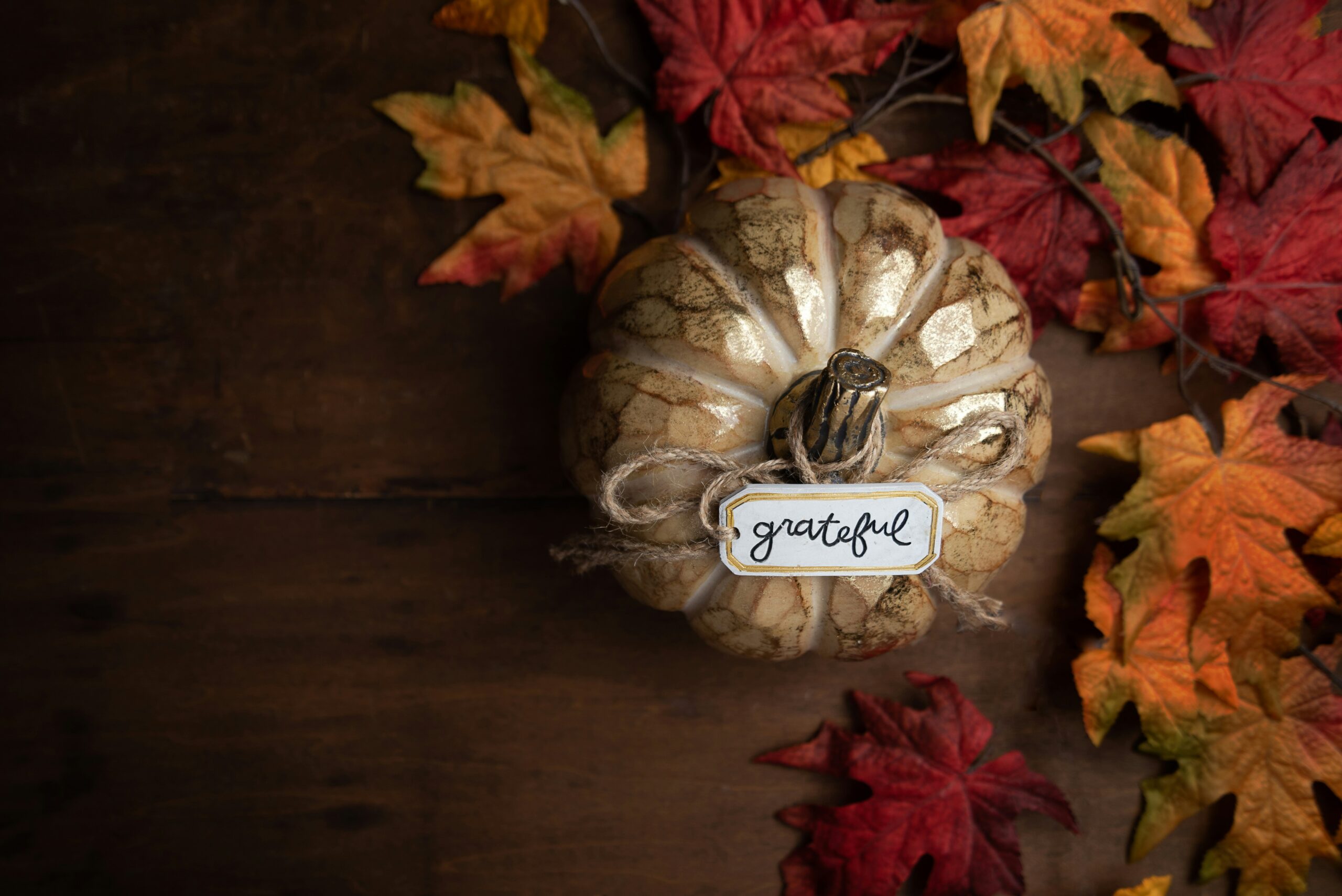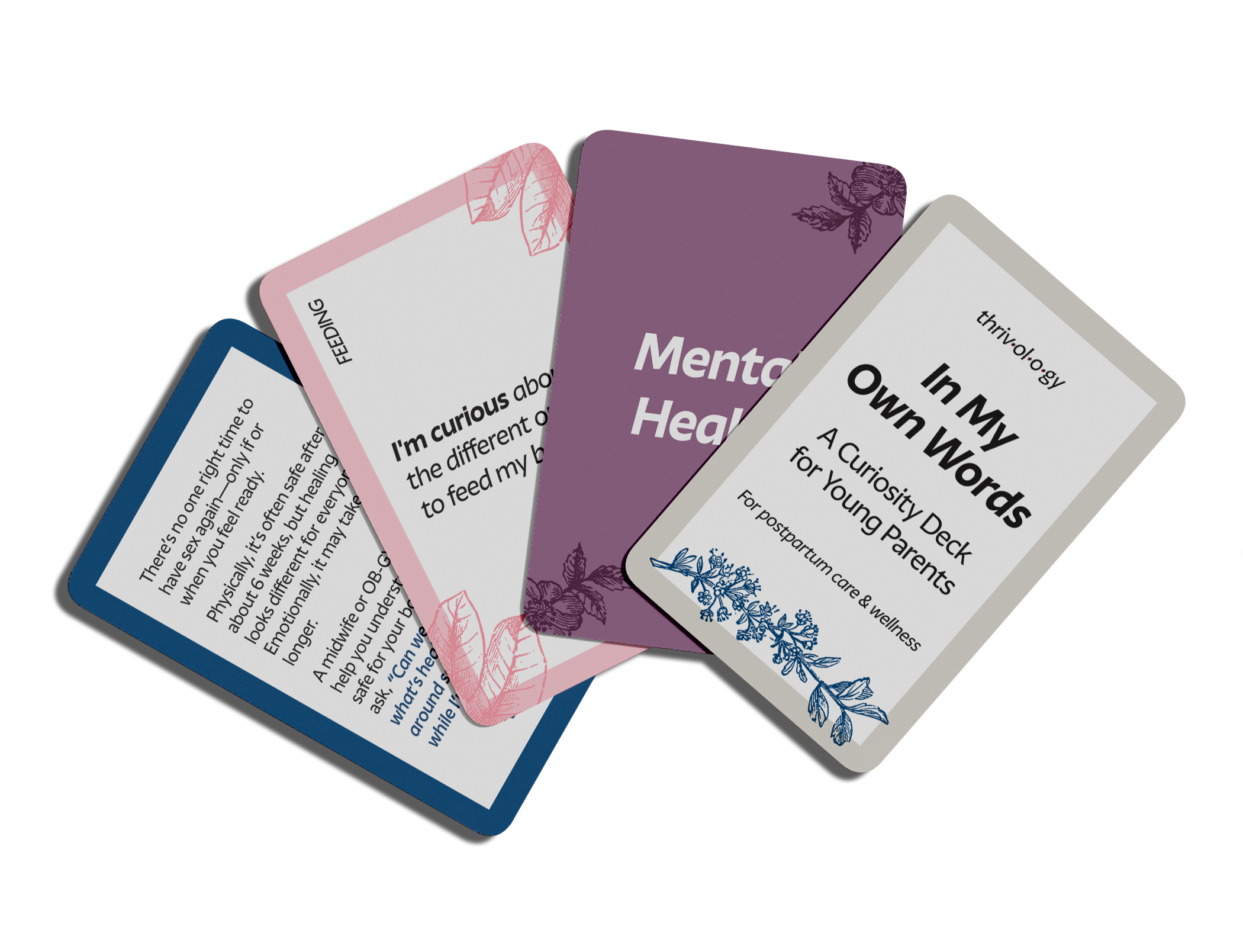
In My Own Words

A curiosity deck for young parents about life after pregnancy and childbirth
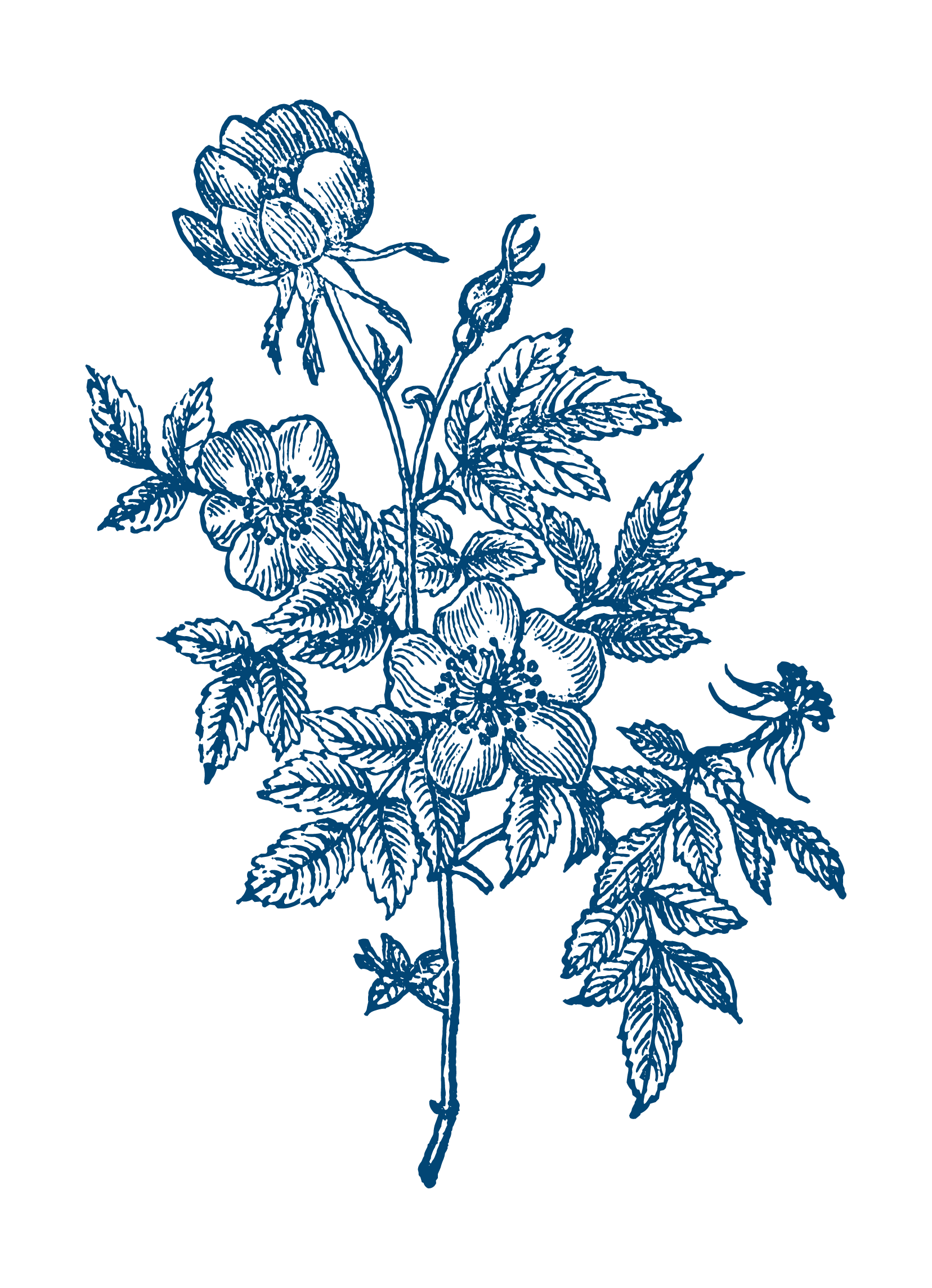
Hey new parent, these cards are for you
Becoming a parent is a big deal, whether it just happened or you’re getting ready. You deserve real answers, never judgment.
This deck helps you explore what’s going on with your body, feelings, relationships, and choices after birth.
And remember: you’ve got this!
“These are the kinds of conversations I needed but didn’t always have the words for, or the safe space to explore.”
Former young parent
Curiosities, answered
These cards are for young parents who want to understand their postpartum bodies and emotions, changing relationships, and new responsibilities.
Want to print a deck of your own? You can use these specifications at a printer like SmartPress*:
• Paper Stock: 310 GSM Cardstock
• Card Face Styles: Custom Faces
• Packaging Options: Hard Clear Plastic Case
*We do not endorse the use of a specific printer or vendor.

The research behind the deck
Interested in the research that grounds the curiosity deck? We work hard to bring the research to you in a way that is relevant for your work with young parents in the real world. Take a look.
- May, S. (2022). Postpartum depression among adolescent mothers in the United States. Ballard Brief. https://ballardbrief.byu.edu/issue-briefs/postpartum-depression-among-adolescent-mothers-in-the-united-states
- Minnesota Department of Health. (2023). Mastitis: Updated guidance – topic of the month. https://www.health.state.mn.us/docs/people/wic/localagency/topicmonth/mastitis.pdf
- Eidelman, A.I., Schanler, R.J., Johnston, M., Landers, S., Noble, L., Szucs, K., & Viehmann, L. (2012). Breastfeeding and the use of human milk. Pediatrics. 2012;129(3):e827–e841. https://pediatrics.aappublications.org/content/129/3/e827
- Mayo Clinic. (2023, December 27). Postpartum care: What to expect after a vaginal birth. https://www.mayoclinic.org/healthy-lifestyle/labor-and-delivery/in-depth/postpartum-care/art-20047233
- Mayo Clinic. (2024, March 6). C-section recovery: What to expect. https://www.mayoclinic.org/healthy-lifestyle/labor-and-delivery/in-depth/c-section-recovery/art-20047310
- Cleveland Clinic. (2022, August 14). C-section. https://my.clevelandclinic.org/health/treatments/7246-cesarean-birth-c-section
- Parents. (2024, June 18). Postpartum body odor? What it is and why it happens. https://www.parents.com/postpartum-body-odor-8640503
- González-Timoneda, A., Valles-Murcia, N., Muñoz Esteban, P., Torres López, M. S., Turrión Martínez, E., Errandonea Garcia, P., Serrano Raya, L., & Nohales Alfonso, F. (2025). Prevalence and impact of pelvic floor dysfunctions on quality of life in women 5-10 years after their first vaginal or caesarian delivery. Heliyon, 11(3), e42018. https://doi.org/10.1016/j.heliyon.2025.e42018
- Mayo Clinic. (2023, December 27). Postpartum care: What to expect after a vaginal birth. https://www.mayoclinic.org/healthy-lifestyle/labor-and-delivery/in-depth/postpartum-care/art-20047233
- Rupp, H. A., James, T. W., Ketterson, E. D., Sengelaub, D. R., Ditzen, B., & Heiman, J. R. (2013). Lower sexual interest in postpartum women: relationship to amygdala activation and intranasal oxytocin. Hormones and behavior, 63(1), 114–121. https://doi.org/10.1016/j.yhbeh.2012.10.007
- Wolfe, D. (2024, October 7). How soon can you get pregnant after childbirth? The Bump. https://www.thebump.com/a/how-soon-can-you-get-pregnant-after-childbirth
- March of Dimes. (2025). How long should you wait before getting pregnant again? https://www.marchofdimes.org/find-support/topics/planning-baby/how-long-should-you-wait-getting-pregnant-again
Have more questions?
Check out Healthy Teen Network for information about life after pregnancy and childbirth.
“This is a really fun and engaging way to offer education and support to a demographic that is typically left out.”
Mentor and doula
Want to chat? Thrivology is here to answer your questions about this resource.
Better together
Have you used this curiosity deck? Stay in touch to help shape the future of this Thrivology resource.
This project is supported by the Office of Population Affairs (OPA) of the U.S. Department of Health and Human Services (HHS) as part of a financial assistance award (1 PHEPA000006-01) totaling $1,063,776.35 with 100 percent funded by OPA/OASH/HHS. The contents are those of the author(s) and do not necessarily represent the official views of, nor an endorsement, by OPA/OASH/HHS, or the U.S. Government. For more information, please visit opa.hhs.gov.









